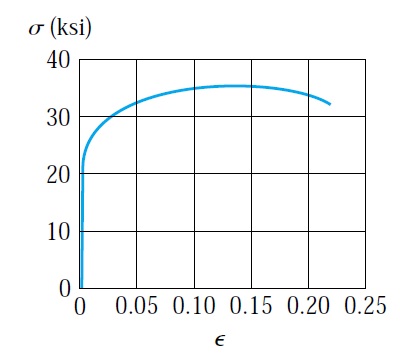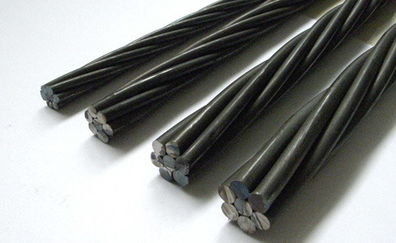Soil compaction and optimum water content
The compaction of soil plays an important role in reducing settlements. the purpose of soil compacting is to increase the density of soil to elude unwanted settlements. improper compacting of soil will cause many adverse effects. for example, settlements of soil under a newly constructed road will cause part of the road to sink down. significant settlements under buildings will cause severe damage to the structure and may affect structural integrity.
in addition to reducing settlements. compaction of soil will increase soil strength, reduce soil permeability and increase slope stability for embankment.

rollers are used usually to compact the soil. compacting of soil will reduce the voids and this will result in denser soil. higher weight of soil for the same volume. adding water will help in increasing the density of soil. water works like a lubricant. therefore adding water will cause soil particle to slip on each other and close more voids and this will increase dry density.
Water content is a vital factor in achieving maximum dry density. low water content means soil particle will not slide past each other sufficiently and won't fill all the voids. huge water content means voids will be filled with water and maximum density will not be achieved. optimum water content should be used to reach maximum density. optimum water content can be determined at the lab by proctor test or modified proctor test. for a given type of soil, the density will increase for a given compaction effort with increasing water until it reaches the maximum point this point knows as optimum moisture content. beyond this point, density will decrease with increasing water content.
the test procedure can be summarized as follow.
in addition to reducing settlements. compaction of soil will increase soil strength, reduce soil permeability and increase slope stability for embankment.

rollers are used usually to compact the soil. compacting of soil will reduce the voids and this will result in denser soil. higher weight of soil for the same volume. adding water will help in increasing the density of soil. water works like a lubricant. therefore adding water will cause soil particle to slip on each other and close more voids and this will increase dry density.
Water content is a vital factor in achieving maximum dry density. low water content means soil particle will not slide past each other sufficiently and won't fill all the voids. huge water content means voids will be filled with water and maximum density will not be achieved. optimum water content should be used to reach maximum density. optimum water content can be determined at the lab by proctor test or modified proctor test. for a given type of soil, the density will increase for a given compaction effort with increasing water until it reaches the maximum point this point knows as optimum moisture content. beyond this point, density will decrease with increasing water content.
Proctor test
The purpose of conducting proctor test is to determine the optimum water content to achieve the maximum dry density for a given soil. the figure below showing the apparatus used for the proctor test.- soil sample shall be oven-dried. then thoroughly mixed with water. the water content of 4-6%.
- soil will placed inside proctor mold and compacted into 3 layers using prcotor hammer falling from 30 cm. the blows shall be distributed evenly for each layer.
- after completion of soil compacting. we will weight the soil and divide the weight of soil by the volume of the mold to get bulk density.
- then remove the sample from the mold and vertically slice to obtain a sample for moisture content determination. preferably from the middle of the specimen. weight the moist sample and the container used to store this sample. then keep it in the oven to determine water content (W).
- the same procedure will be repeated but with the increasing of the moisture content of the soil. then we draw the curve of dry density with moisture content. from this curve, the optimum moisture content can be obtained. dry density can be calculated using the following equation




















Comments
Post a Comment